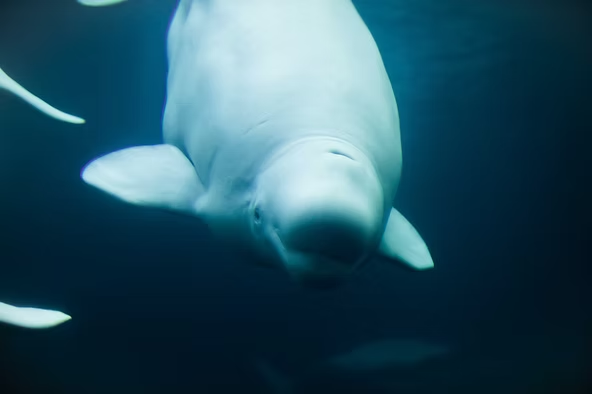Cetacean Distribution: Global and Arctic Species
Some cetacean species’ distribution is limited, while others are found worldwide. Large species such as blue, humpback, and fin whales are located globally, though they have their own groups and, in some cases, subspecies with distinct ranges.
Arctic-Restricted Species
Some whales, like belugas, narwhals, and bowheads, typically spend their entire lives in arctic regions. Although these animals do migrate, they generally remain in arctic waters. Occasionally, strays are observed outside the arctic. For example, three belugas appeared in Rhode Island waters in 2015, and a lone bowhead was spotted off Cape Cod in 2012 and 2014.
Endemic Warm-Water Species
There are few endemic cetaceans in warmer waters. Notable examples include the near-extinct vaquita in Mexico and some dolphin species.
Protection of Endangered Species in the U.S.
In the U.S., certain endangered species such as the North Atlantic right whale receive extra protection through the designation of foraging and calving areas as critical habitat. According to the Endangered Species Act, critical habitat is defined as specific geographic areas containing features essential to the conservation of an endangered or threatened species, which may require special management and protection. Federal agencies must ensure that any actions they authorize, fund, or carry out do not jeopardize the continued existence of a listed species or destroy or adversely modify its critical habitat.

